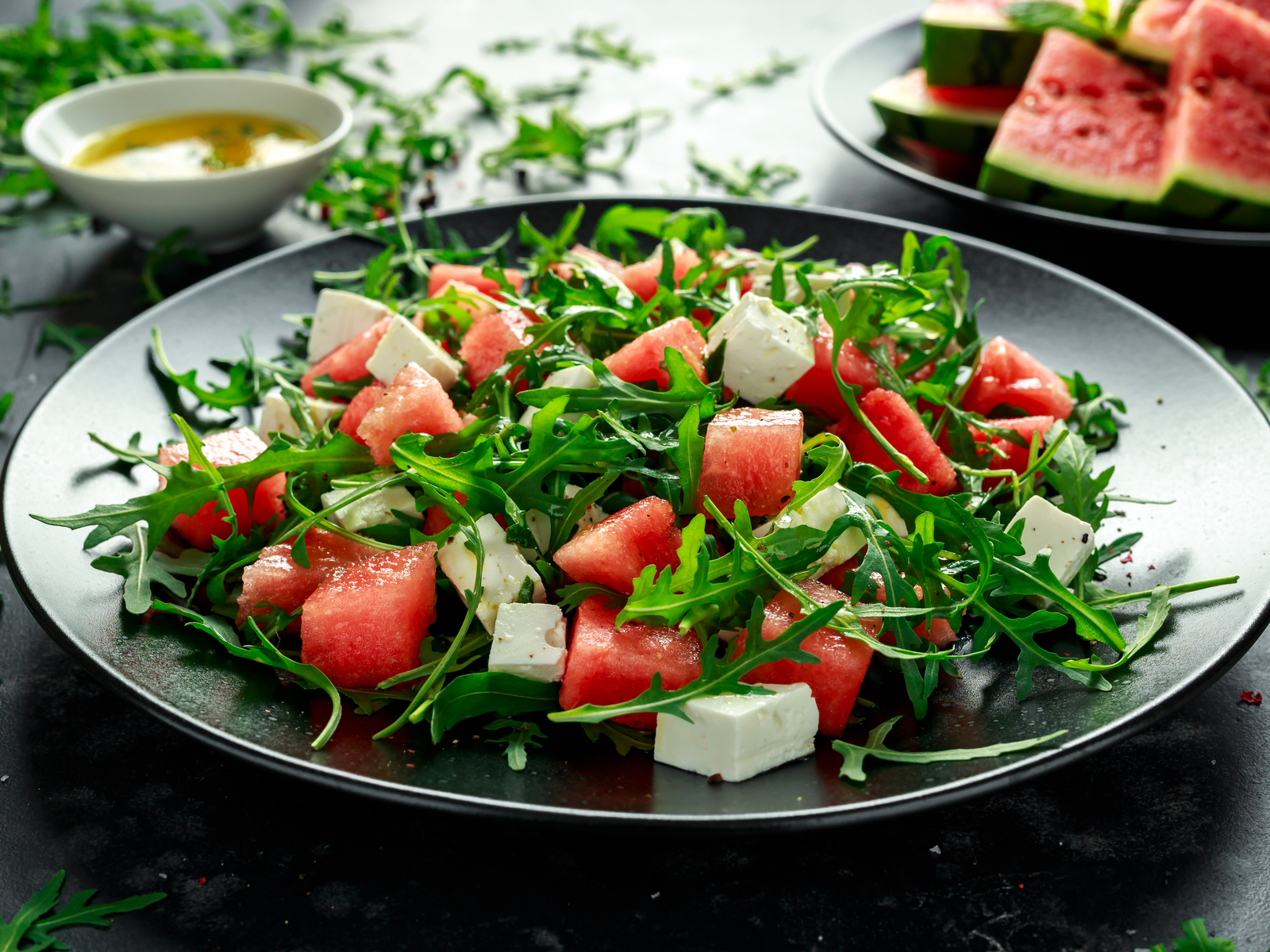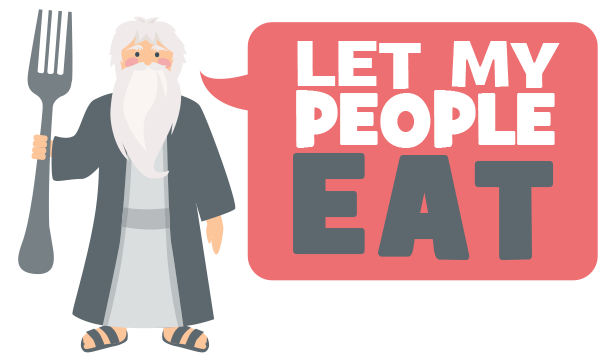
Walk into just about any coffee shop and you will be inundated with regular milk alternatives: almond, soy, oat, or even goat milk are among some of the most popular options. As we begin to discover more about our digestive systems and how our bodies react to different foods, we are adjusting our diets to meet our needs. And the food industry is adjusting with us – ergo the coffee shop barista juggling five different kinds of milk! And while we applaud this level of body awareness, we rarely recommend cutting out entire food groups unless you have a real aversion.
As Shavuos gets closer and we begin to bookmark recipes for everything from cheesecake to blintzes to quiche, we think it’s time to debunk the myths around dairy consumption and set the record straight once and for all.
While dairy (and cow milk specifically) has been expertly marketed to promote an increase in bone health, there are many recent studies that prove otherwise. In fact, certain studies showed that increased consumption of milk actually had the opposite effect as it is an acidifying animal protein. Those who consumed the most calcium in each study were often found to be more at risk for bone fractures. So, if you have your bone health in mind as you pour regular milk into your smoothie, you may want to rethink your motivations.
Not only that, but with studies showing that 60% of people are lactose intolerant, meaning that the body is unable to digest the sugar typically found in milk products, it might make sense to reexamine your diet and see if dairy is adversely affecting your health. If dairy is having negative effects on your body and your digestion, it may be worth cutting it out.
And if you do have a hard time digesting dairy, you can opt for dairy products that are low in lactose. Kefir, hard cheeses, or Greek yogurt are all great low-lactose options. Even if your body struggles to digest high-lactose foods, cutting out dairy completely may not be the answer for you! Low lactose alternatives may be enough to make all the difference.
At the same time, it’s important to keep in mind that moderate dairy consumption is a good source of calcium, protein, and vitamin D. So, if you aren’t averse, we wouldn’t necessarily suggest omitting it from your diet as it can provide you with a lot of added benefits. Especially with a holiday like Shavuos coming up, this is not the time to unnecessarily cut out dairy! Instead, determine if you require low-lactose options or if your body can handle high-lactose dairy products. Adjust your Yom Tov menu accordingly and enjoy the holiday!
If you are looking for a summery dairy dish that contains less lactose, consider this Arugula, Watermelon, and Feta Salad:
Arugula, Watermelon and Feta Salad
Recipe Courtesy of Ina Garten
Ingredients:
1/4 cup freshly squeezed orange juice
1/4 cup freshly squeezed lemon juice (2 lemons)
1/4 cup minced shallots (1 large)
1 tablespoon honey
1/2 cup good olive oil
1 teaspoon kosher salt
1/2 teaspoon freshly ground black pepper
6 cups baby arugula, washed and spun dry
1/8th seedless watermelon, rind removed, and cut in 1-inch cubes
12 ounces good feta cheese, 1/2-inch diced
1 cup (4 ounces) whole fresh mint leaves, julienned
Directions:
- In a small bowl, mix together the orange and lemon juices, shallots, honey, salt, and pepper. Add the olive oil slowly, stirring constantly. Keep covered in the refrigerator if not using within the hour.
- Toss the arugula, watermelon, feta, and mint in a large bowl and drizzle with dressing to coat the greens lightly. Adjust seasoning and serve immediately.
By: Miriam Herst
Originally published on COLlive, June 4, 2019
Sources:
https://www.foodnetwork.com/recipes/ina-garten/arugula-watermelon-and-feta-salad-recipe-1949660
